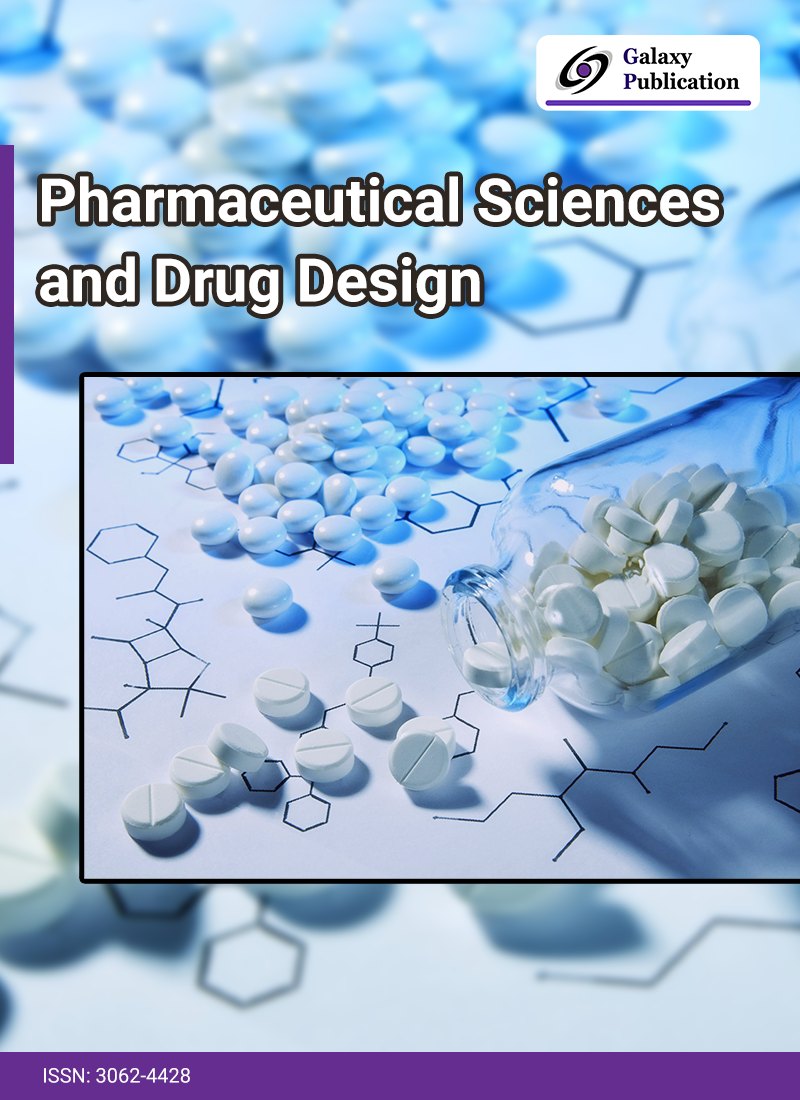
Controlled-release drug delivery systems regulate the plasma drug concentrations through predefined release patterns over a specified period. The release rate directly affects drug absorption and systemic levels. These formulations help in reducing the frequency of daily dosing. This review examines the essential criteria, advantages, characteristics, and strategies for the development of controlled-release formulations to enhance drug delivery. These systems ensure the administration of the drug at a controlled rate for a fixed period, either locally or systemically. By utilizing drug-encapsulating technologies, controlled-release methods offer several advantages over conventional approaches, such as customized release rates, drug stability, and improved patient compliance. They maintain steady plasma drug levels within the therapeutic window, reducing side effects and dosing frequency. Oral sustained-release formulations enhance drug utilization by optimizing pharmacokinetics, minimizing adverse effects, and ensuring faster recovery or management of the condition. Advances in drug delivery technology have transformed medication administration, enabling multiple and single-dose regimens. Oral controlled-release drug delivery (CRDD) ensures consistent drug release with predictable kinetics over a set period, targeting specific gastrointestinal regions for localized or systemic effects. This approach reduces the frequency of dosing while maintaining stable drug concentrations in the bloodstream, thereby enhancing therapeutic efficacy.